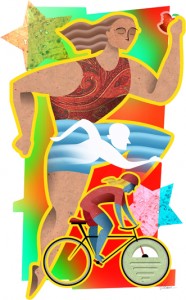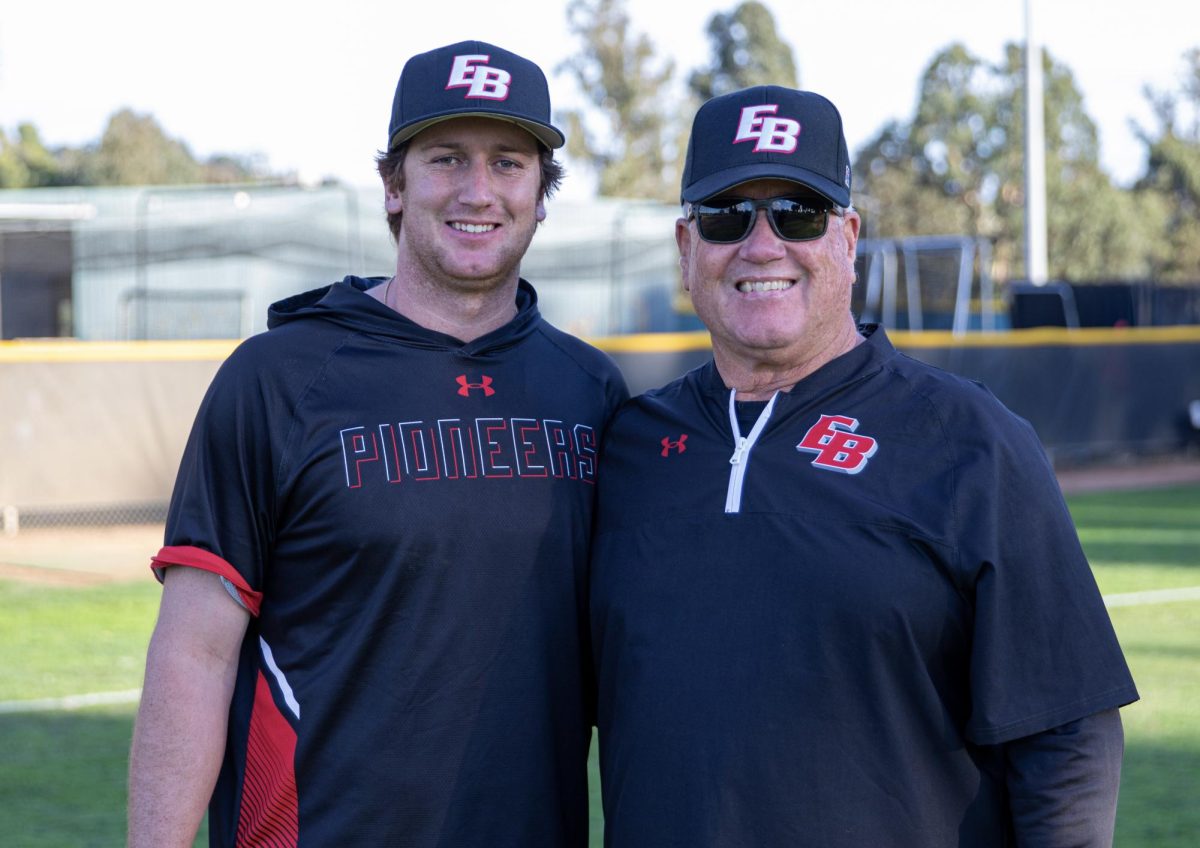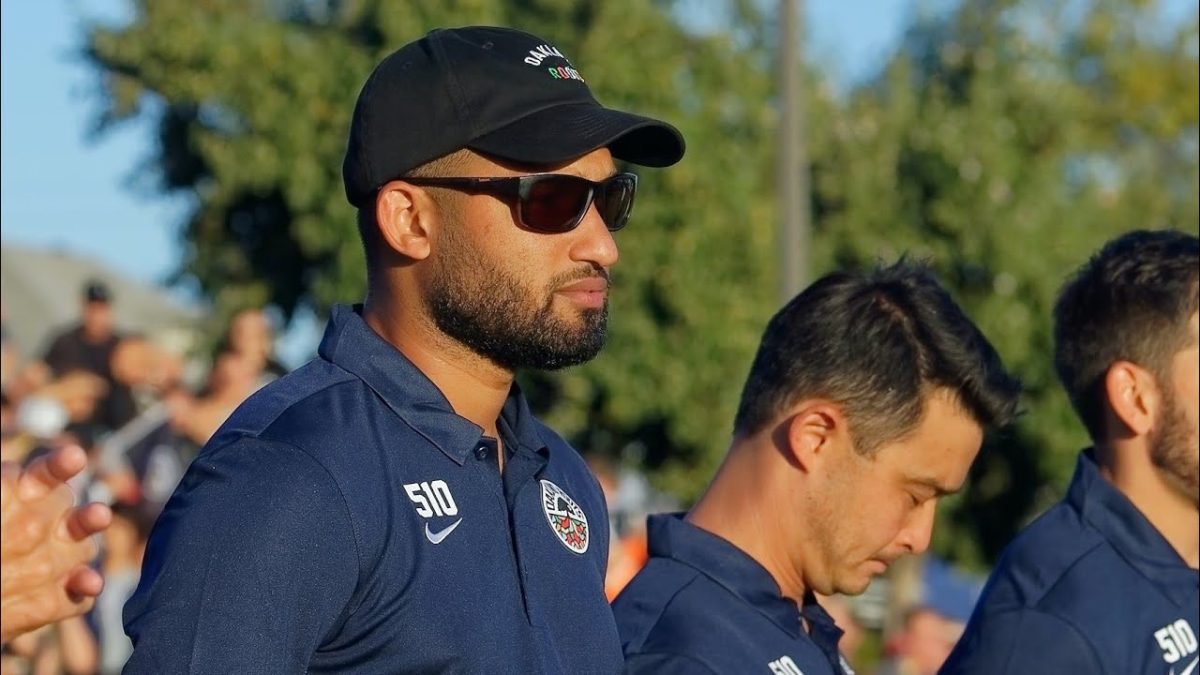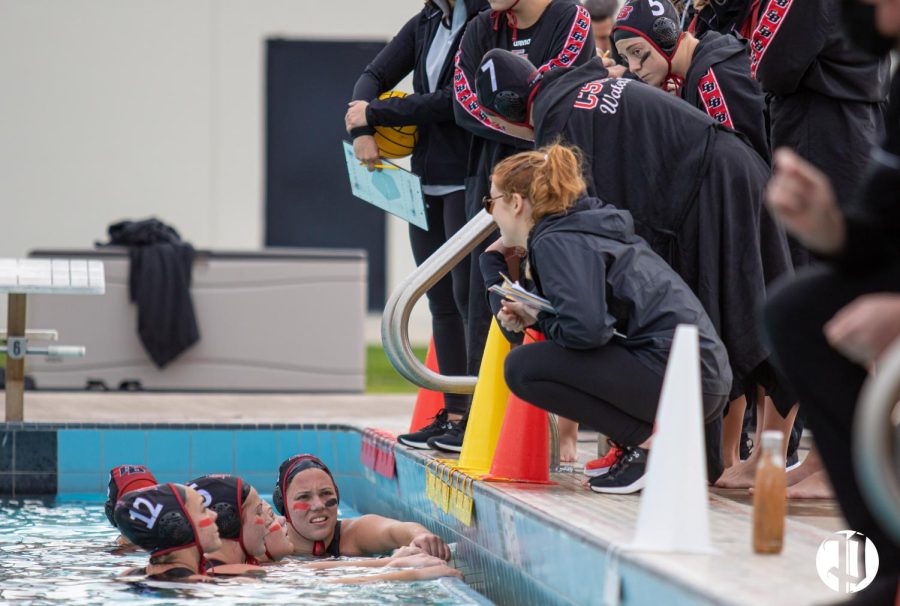In a society where gender equity has made great strides, Title IX addresses these issues specifically at the collegiate level and here at CSU East Bay.
Title IX states that no person in the United States shall, on the basis of sex, be excluded from participation in, be denied the benefits of, or be subjected to discrimination under any education program or activity receiving Federal financial assistance, according to the Education Amendments of 1972.
Title IX is best known for is its impact on athletics.
Title IX governs the overall equity of treatment and opportunity in athletics while giving schools the flexibility to choose sports based on student body interest, geographic influence, budget restraints, and gender ratio.
The focus is for women to have equal opportunities as men.
Before Title IX was implemented, things were different.

The primary physical activities for girls were cheerleading and square dancing and only 1 in 27 girls played high school sports. There were virtually no college scholarships for female athletes and female college athletes received only two percent of overall athletic budgets according to TitleIX.info.
Since then there’s been growth in the number of women who participate in sports, receive scholarships, and benefit from increased budgets.
There are more opportunities to compete at elite levels through competitions like the Olympics, World Championships and professional leagues.
Women athletes are less likely to smoke, drink, use drugs and experience unwanted pregnancies than non-athelete women. Studies also link sports participation to reduced incidences of breast cancer and osteoporosis later in life, according to TitleIX.info.
National Champion and Olympian Dawn Ellerbe, who is the current assistant athletic director in marketing and promotions at CSU East Bay, speaks of how Title IX and gender equity affected her athletic career.
“As far as having an opportunity as a female athlete, I don’t think that I would be where I am today without the opportunity to go to college,” said Ellerbe. “The fact that I was able to express myself through athletic priorities just added a whole other dimension to my career as a professional.”
Ellerbe established herself in track and field while attending the University of South Carolina.
A significant part of Ellerbe’s career, that she recalls, was in the year 2000: the first year that she competed in the Olympics and the first year that women were allowed to participate in the hammer throw.
“When I think about equal opportunity, had it not been implemented in the Olympics in 2000, I’m not sure that I would’ve had the chance to experience that athletic opportunity as well, so that was a huge deal for me as far as being a female athlete,” said Ellerbe “It is the event that I was the best in.”
“When you think about it, only 800 people in the U.S make the Olympic team every four years for the summer Olympics, so you’re in very cool company.”
Current CSUEB athletic director Debby De Angelis, knows the importance of gender equity, not only in athletics, but also in education as a whole.
After finishing her rowing career as a member of the 1975 U.S. National Team and managing other teams, De Angelis moved into coaching and athletic administration.
In her ten years at CSUEB, De Angelis has seen change but believes that more can be done.
Even though Title IX has created opportunities in athletics, it has also created controversy.
“In athletics, we have seen a great difference, but still not equity,” said De Angelis.
“One place that is an exception to that statement is the CSU system. The CSU system agreed to an out-of-court settlement (commonly referred to as CAL-NOW) in 1992 that has brought the entire system into gender equity compliance. CSUEB athletics represents the university undergraduate population with 40 percent of our athletes male and 60 percent female.
“It should be noted that Title IX does not require proportionality, but it’s what the CSU system has chosen to use. Title IX allows three different prongs, or ways, that compliance can be met in athletics and proportionality is only one of them.”
In regard to intercollegiate athletics, the three primary areas that determine if an institution is in compliance is athletic financial assistance, the accommodation of athletic interests and abilities and other program areas.
Appraisal of compliance is on a program-wide basis, not on a sport-by-sport basis.
While many may argue that more can be done to ensure full equity between genders in collegiate sports, the effects of Title IX and other equity initiatives have made significant progress.
Here at CSUEB the athletic department is mainly run by females, a difference compared to many NCAA institutions.
“Any career path can be difficult, and clearly there are still a strong majority of males in athletic administration, but change is happening. I think too slowly, but it is happening,” said De Angelis.
“One of the hard things that we work on today is helping women stay in the career path through having families and still moving up. We talk a lot about the need for the balance in life for both women and men who work in athletics and finding that balance for work, family and friends,”said De Angelis.










